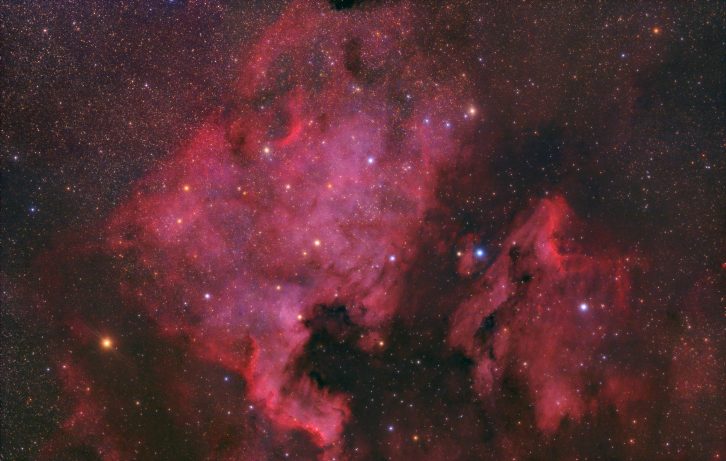Astronomy
Taking photos of the cosmos from a suburban home
‘A telescope is a time machine. When you look out into space, you're looking back in time’
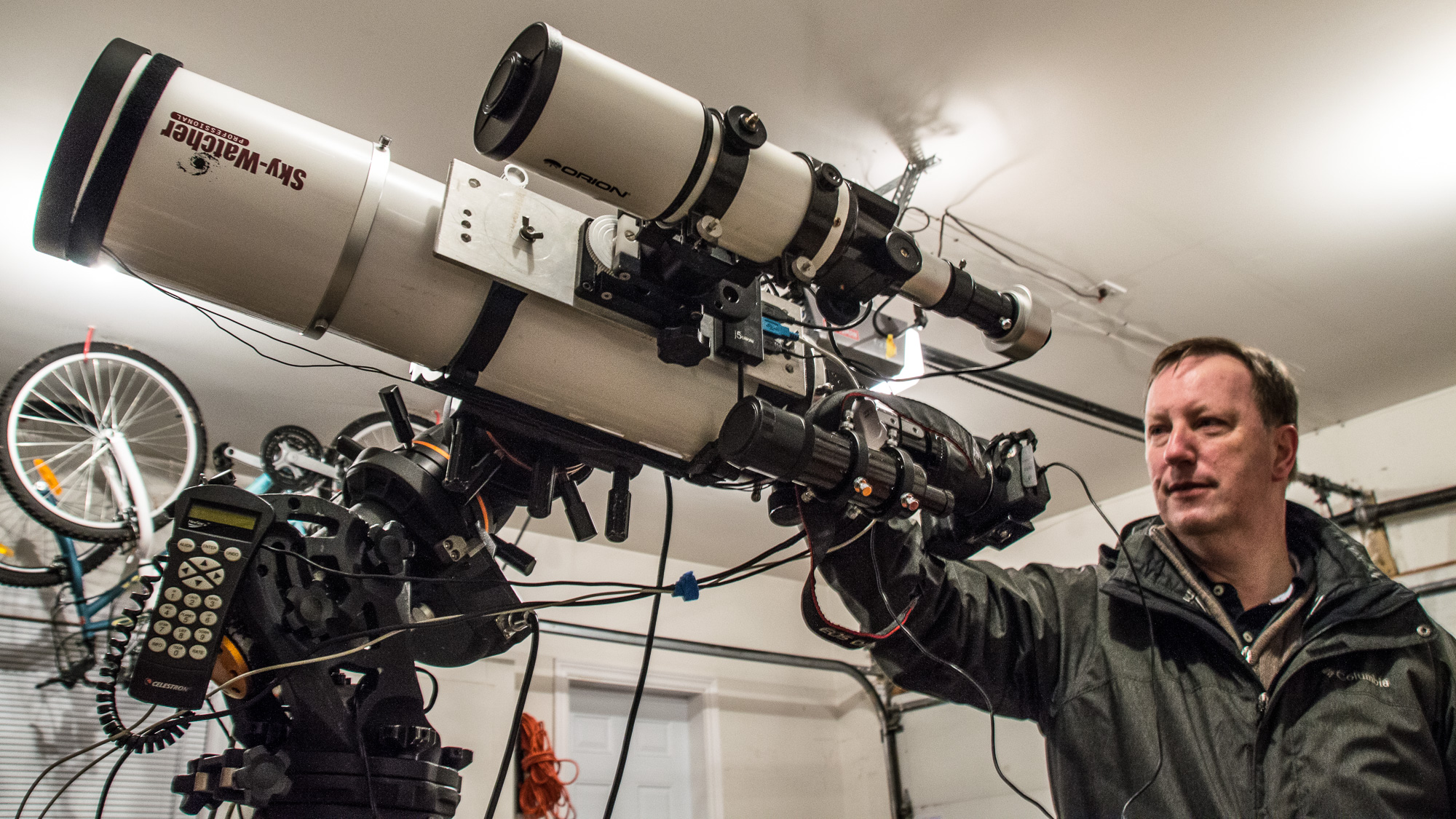
caption
Blair MacDonald with his telescope inside his garage in Bedford.It was a freezing, windy February night on Sunday. But the sky was clear, and that’s all that mattered to Blair MacDonald.
MacDonald is an astrophotographer. He’s been taking photos of the night sky for 25 years.
“My wife bought me a telescope many, many years ago—I don’t think she’s forgiven herself for that yet,” he said with a laugh.
His current setup cost him about $12,500.
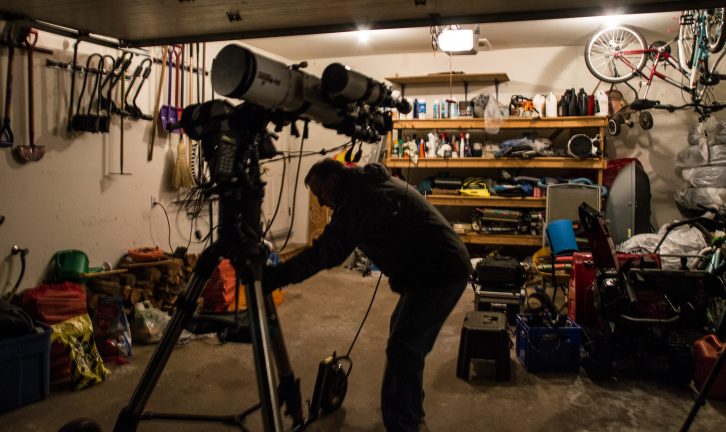
caption
MacDonald takes the 91 kg telescope out of his garage.The first step to taking photos is hauling the 91-kilogram telescope from the safety of his garage to his driveway. MacDonald tries to take photos about three times a month, depending on the weather.
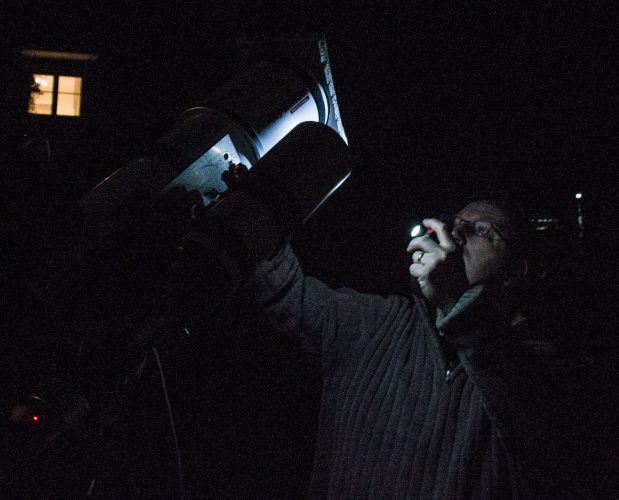
caption
MacDonald uses a headlamp to adjust the telescope in the dark.It used to take him more than an hour to set up his equipment. Now, because of software automation, it takes him 10 minutes.
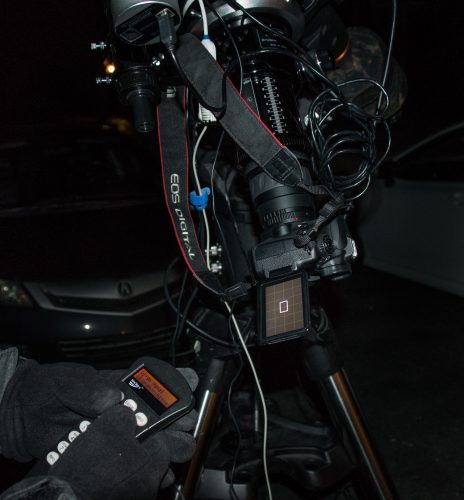
caption
A keypad controls the telescope’s position. To align it with the sky, MacDonald centres on a star. He repeats this process one more time, then another three times to correct mounting errors.

caption
MacDonald makes sure everything is plugged in correctly.
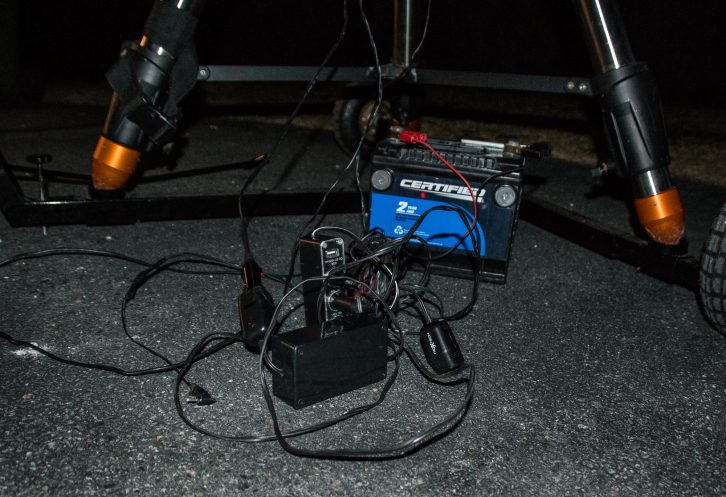
caption
A car battery powers the entire system and a heater for the telescope. When it’s this cold out, the temperature can affect how well the telescope works.Everything is controlled remotely from the comfort of MacDonald’s home. With the click of a mouse, the camera takes a photo of the sky. In this case, the telescope is pointed at the moon.
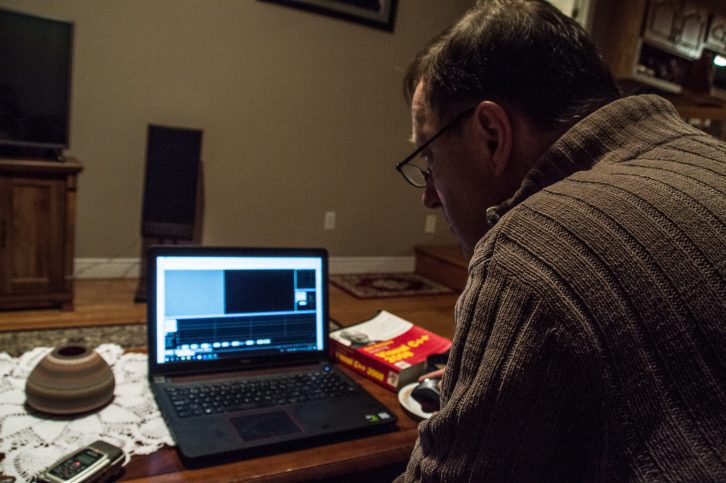
caption
MacDonald controls the telescope from his living room.
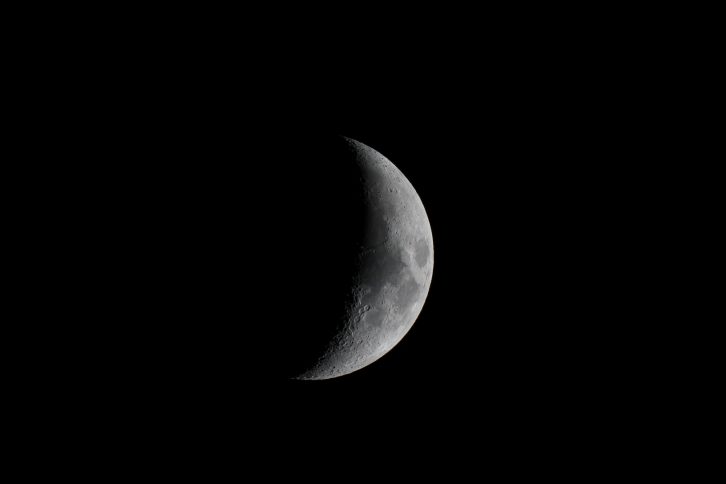
caption
The moon on Feb. 10.He then moves the scope over to the next object: the Orion Nebula. The light seen from the Orion Nebula is about 1,400 to 1,500 years old.
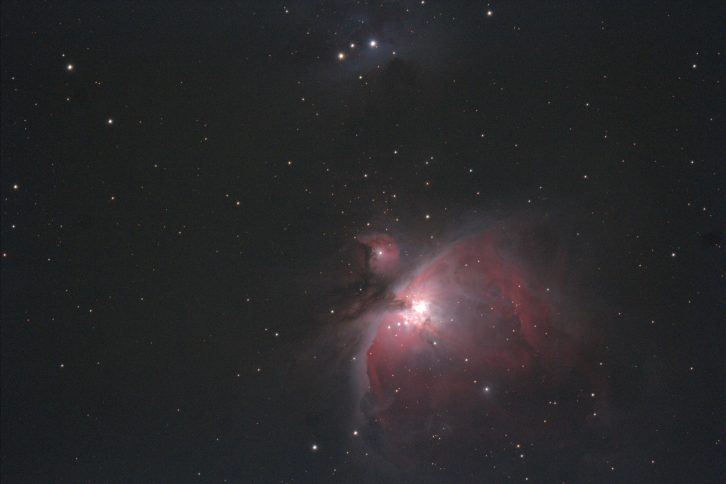
caption
The Orion nebula (M42) is only visible in Nova Scotia during the winter. The pink is a cloud of hydrogen gas.“One of the interesting things about a telescope is that a telescope is a time machine. When you look out into space, you’re looking back in time,” said MacDonald.
He said the further things are from earth, the older they are.
Telescopes like the Hubble Space telescope can take pictures of objects 10 billion light years away, which is much more powerful than MacDonald’s “humble” telescope.
But, he said anyone can take photos of the cosmos, even with just a tripod and a camera.
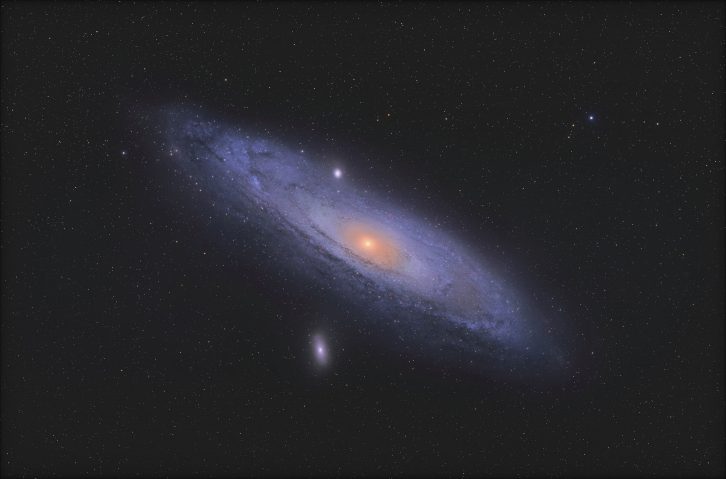
caption
A mosaic composed of nine different photos of the Andromeda Galaxy (M31). It took four and a half hours to capture this image.“It’s a unique science. You have an archeologist, and they want to know what a dinosaur looked like. All they have is bones,” said MacDonald. “They can’t tell you what the surface of the dinosaur looked like. They can make an educated guess, but we can go and look.”
